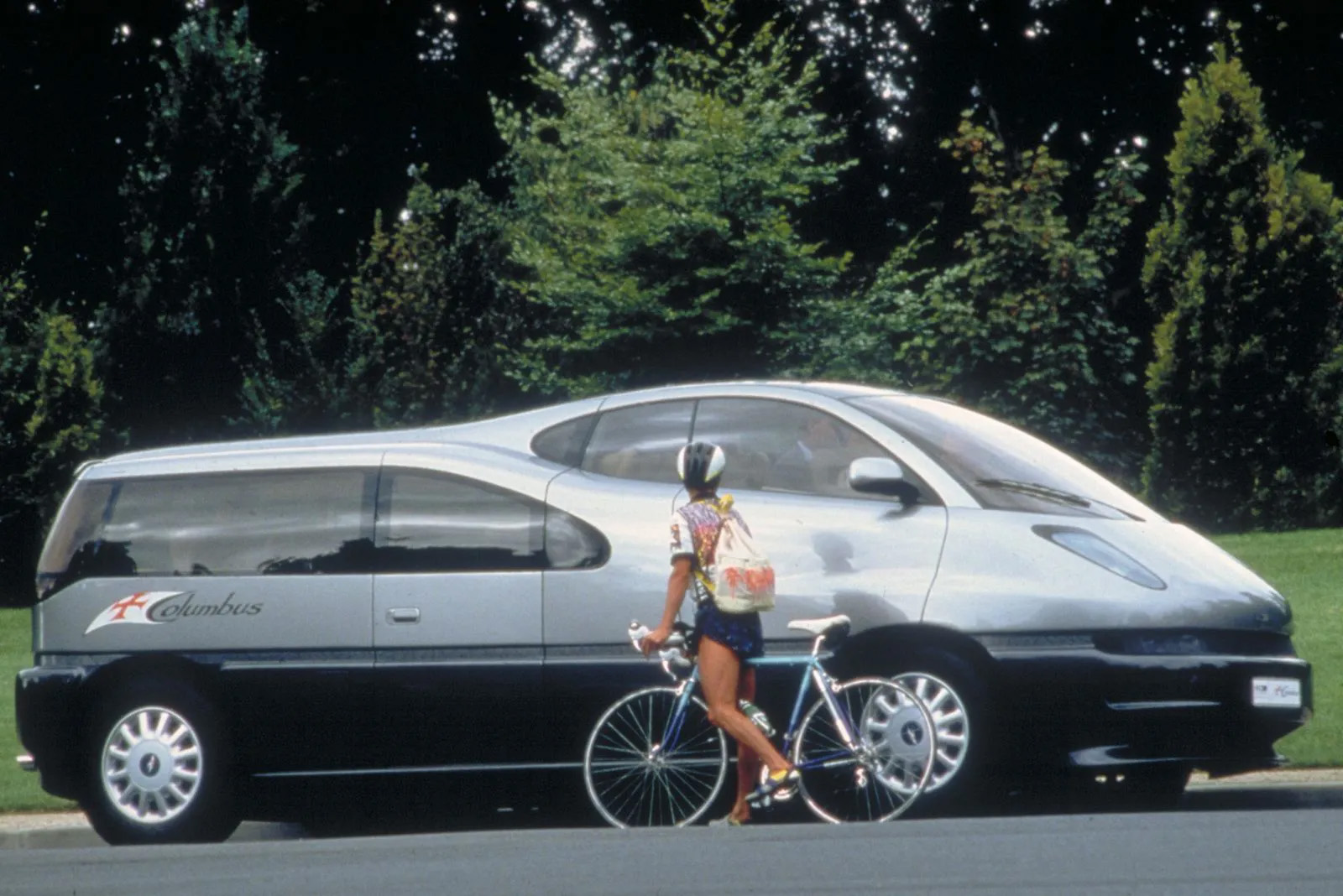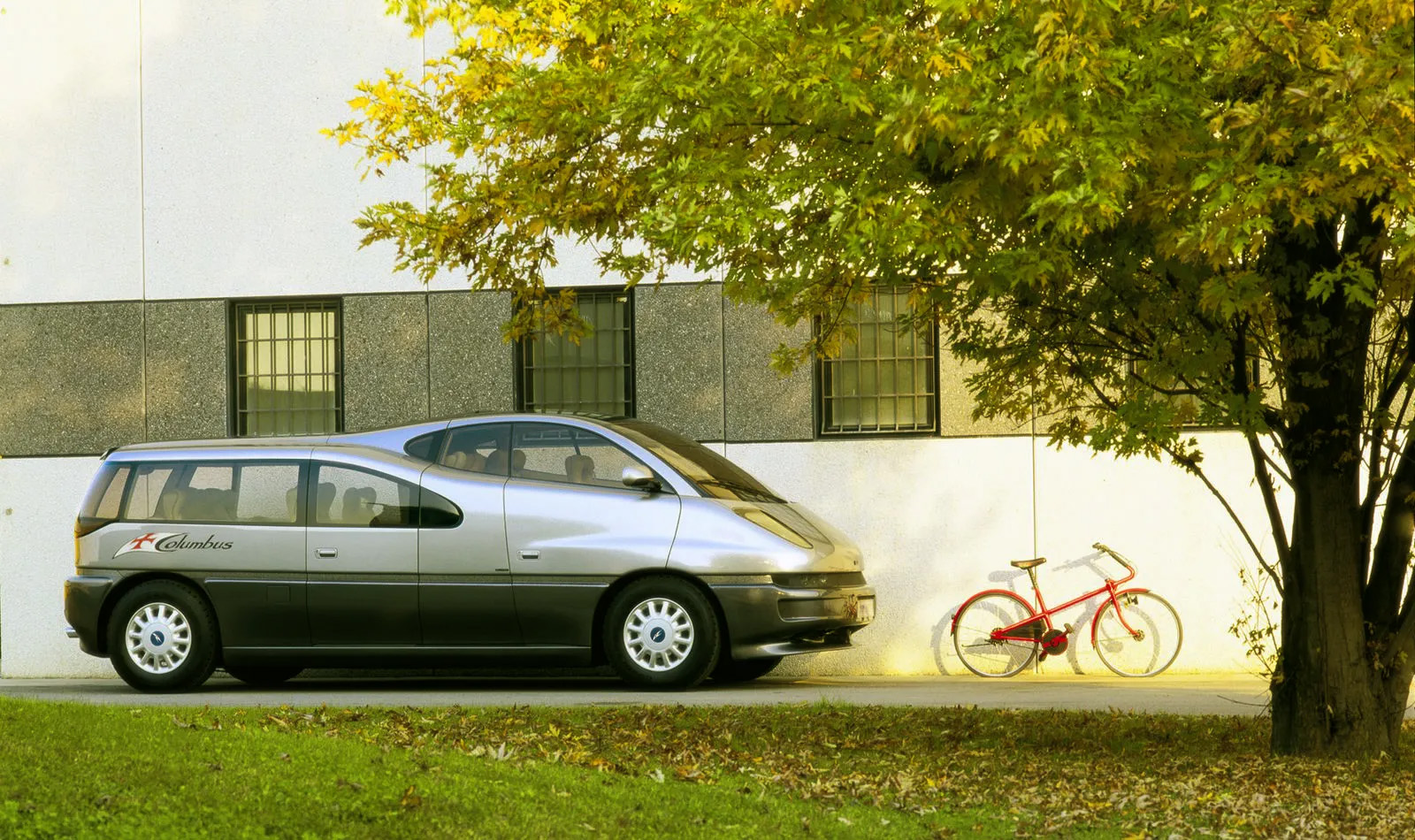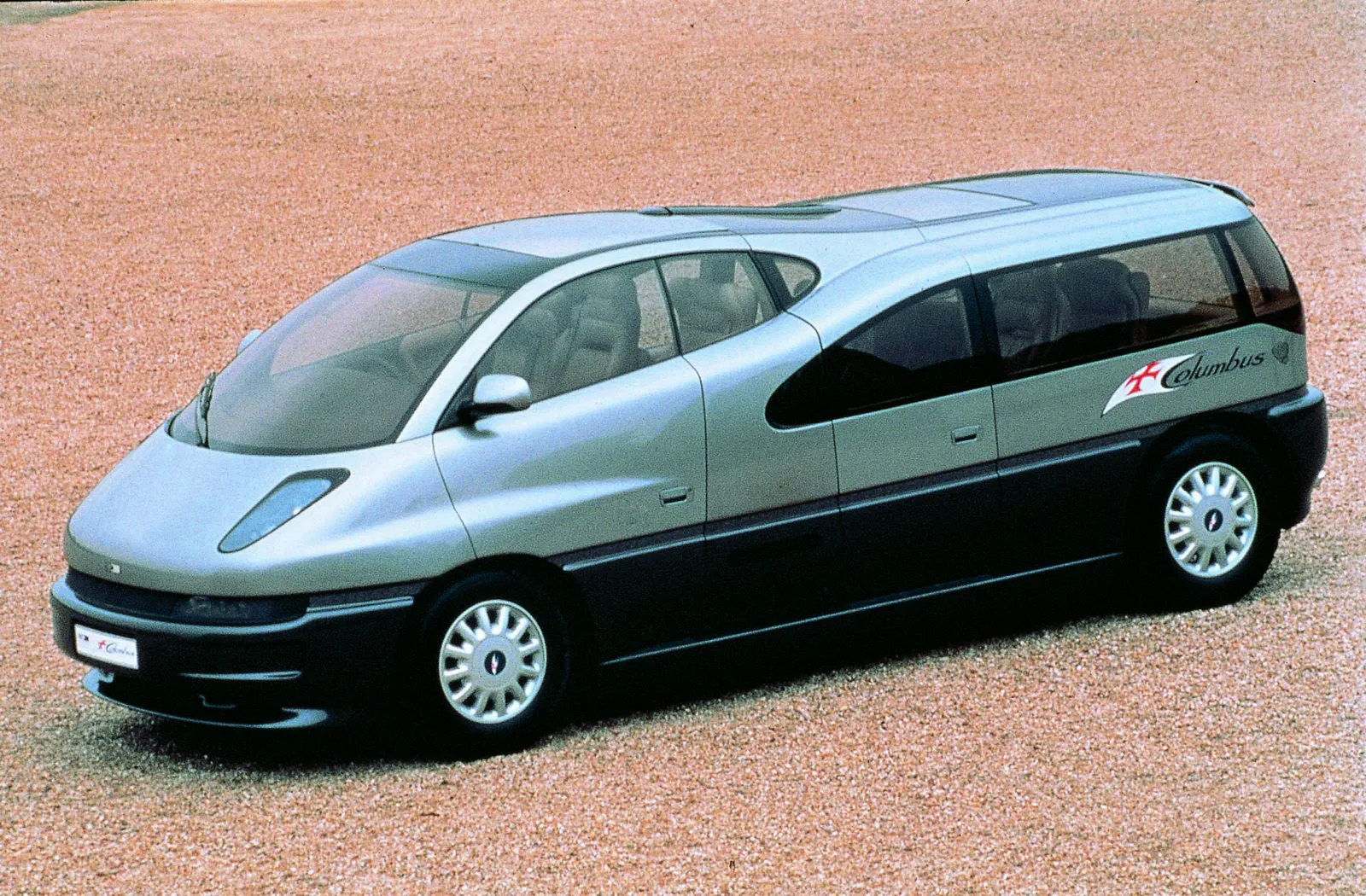Nissan isn’t really doing well. This isn’t exactly news to anyone who has been watching the company for the past, oh, decade or so, and it’s also not a problem that Nissan alone is having to deal with. Lots of carmakers aren’t doing so hot right now. Hell, look at pretty much everything Stellantis owns! Would anyone say that Chrysler is thriving right now? They make one damn car. How about Lancia? Maserati? Those companies are all pretty much hollow shells of the glory they once were, and there are some that would argue that Nissan is, if not quite there yet, heading down that path. But you know what the difference is?
Nissan may actually be worth saving.
Now look, I’m not trying to disparage a marque like, say, Lancia, which has decades of incredible and passionate and exuberant cars behind it, cars that you encounter parked at a car show and you look at it, and for a moment time stops, and it’s just you and that exquisite machine with a strange flag stuck on it.

Lancia has such an incredible and storied history – the first unibody car, the Lambda, incredible rally cars like the Stratos, accessible and usable but still wildly lovely and fun-to-drive cars like the Fulvia and the Delta Integrale, and so much more. But recent Lancia is all just re-badged city cars and hatchbacks. The Lancia everyone still thinks of is long gone. Lancia could stop making new cars tomorrow and it would hardly matter, because in every significant way “real” Lancias haven’t been in production for a long, long time.
Nissan isn’t like Lancia, though. Nissan deserves to be saved. It’s not like Nissan had a golden age that they’ve been riding the threadbare laurels of for decades; Nissan is a company that has proven, time and time again, that it can do something that may be one of the most wonderful things a carmaker can do: surprise us.
Just take a minute and think about this; I’m not talking about a carmaker that only makes “exciting” or exotic or whatever cars, like a Lotus or Bugatti or something, I mean a company that manages to crank out thousands and thousands of good, everyday cars and then, seemingly out of nowhere, comes up with something really special.
How many times has Nissan done that? Think about the Z-Car, for example. Around 1969, Nissan was mostly making economy sedans and pickup trucks, and then they came out with an affordable sports car that had the the look and feel of a Jaguar E-Type but with the advantage of being able to put more miles on the road than on the bed of a tow truck.
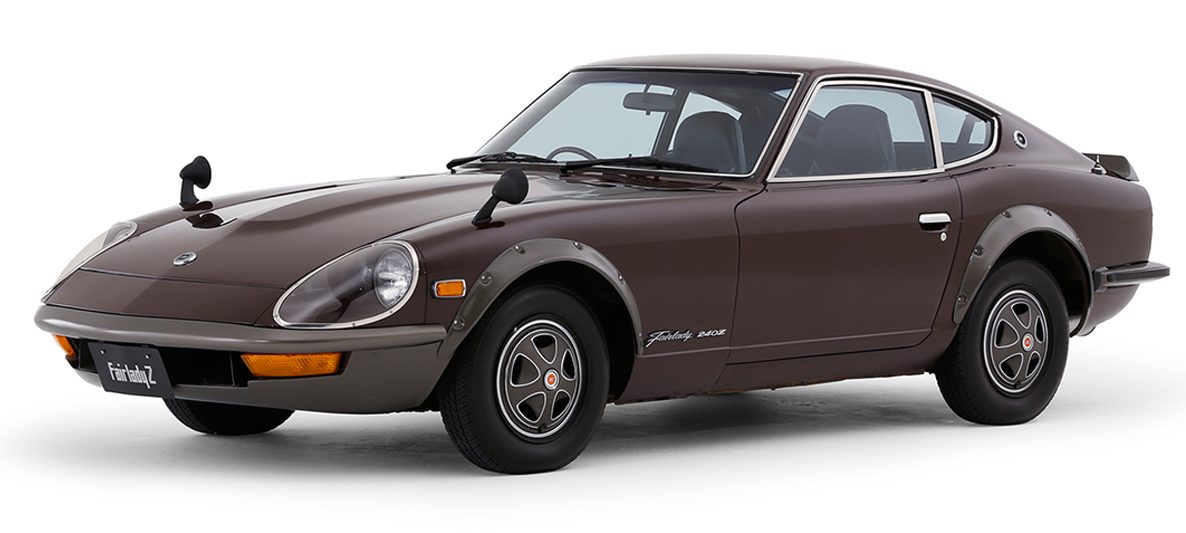
I suppose as far as surprises go, a sports car isn’t really a shocking one, but when Nissan does that, they tend to do it right. You could take the GT-R as another example of this; who was expecting 2007 Nissan, makers of minivans and Altimas and Sentras, to come up with something as potent and bonkers as the GT-R?

It’s hard to overestimate the impact of the GT-R. This was a car that cost a literal fraction of competing cars from Porsche and Ferrari and Lamborghini, and yet managed to beat them in so many ways. This is a car that started at under $100,000 and set Nurburgring records in stock form, with Porsche getting so bent out of shape about it that they accused Nissan of cheating. The GT-R changed the sports car world, and it came from a place no one expected.
Nissan built the GT-R. Just let that sink in a little. Nissan. And they also built the incredible Skyline GT-Rs that came before. NISSAN.
Nissan surprises in weirder ways, too. I’m not just talking about taking absurd styling risks in cars like the Juke – though it’s worth remembering Nissan absolutely did that, too – but I mean genuinely strange and wonderful and surprising things like Nissan’s whole Pike Factory experiment.

You remember the Pike cars, right? Nissan just decided, what the hell, let’s take some proven platforms and drivetrains and clothe them in deeply, delightfully weird bodies and interiors, and sell those cars as limited run “boutique cars.” And they were all amazing! Each one of these absurd little cars has become an icon in its own right, with all of the charm of dozens of classic iconic cars mixed together into one delicious car-shake.
Even better, they’re all actually usable cars! I know multiple people with Pike cars now, S-Cargos and Figaros, and yes, even me, with my Pao acting as my daily driver.

That little car has proven to be one of the most reliable cars I’ve ever owned, and that’s after hitting two deer in the damn thing. I love it. What other carmaker has done something like this, at any time? Made a whole sub-brand of affordable, usable, and reliable limited run idiosyncratically designed cars? They didn’t have to do this at all. They could have made one of these models, and it would have been amazing. But the Pike Factory was more than that, and I’m not sure any other mainstream carmaker has ever really matched that remarkable experiment.
Even after the Japanese Bubble era that likely was a big factor in making the Pike cars possible, Nissan still made surprises happen. Take the Murano Cross Cabriolet that we’ve just been having so much fun with:
View this post on Instagram
The CrossCab is a car that makes precisely zero sense; a two-door convertible version of a mass-market AWD crossover was not on any product planner’s radar until Nissan decided that this improbable thing should exist. I’d suspect that if you took all the money the CrossCab made Nissan and added $5 to that amount, you’d probably only have to borrow about $3 to $4 if you wanted to buy a Whopper with cheese. But that didn’t stop Nissan, because that’s what Nissan does.
Or, hell, I just remembered the Leaf! Tesla gets all the credit, but it’s worth remembering that Nissan was really the first to bring a modern, affordable practical electric car to market with the Leaf in 2010. Another surprise.
It’s not all that Nissan does, of course. These surprises and gleefully weird cars and world-beating sportscars just punctuate what they mostly do, the gleaming golden corn kernels in the healthy, solid stool of the company. What Nissan usually does is make admirably competent and unassuming cars. Remember our 375,000-mile ex-NYC taxi? That was a Nissan, and it proved to be shockingly reliable even with a CVT transmission everyone was sure would explode on us somewhere in the middle of America.
But it didn’t. In fact, that little NV200 (a great taxi, I might add — efficient and well-packaged — a far better design than the Crown Victoria) managed to get all the way across the continent with out any major mechanical issues whatsoever. After years and years of hard service as a taxi. It was the very definition of a workhorse, and fundamentally, that’s what Nissan makes.
Along the same lines, Nissan feels like the only company that still even pretends to give a brace of BMs about the low-end of the car market. While so many other carmakers are abandoning their entry-level options, Nissan just recently announced an all-new version of their third cheapest car (which is still cheaper than many carmaker’s cheapest car), the Sentra, and Nissan remains one of the very few carmakers in America to offer a new car starting at under $20,000, the Versa.
View this post on Instagram
[Ed Note: The 2009 5-speed Versa was insanely cheap and actually really good, as I show above. -DT]
They’ve always been like this (I’ve even brought it up before), making inexpensive cars that managed to retain some level of fun and dignity. That was practically the whole ethos of their former incarnation as Datsun, with dirt-cheap but fun and efficient cars like the Honey Bee:

…or the legendary B-210:

Some of these inexpensive cars were even genuinely interesting and happily strange in their own right, like this Cherry Coupé: 
[Ed Note: This is not an exhaustive list. The 510, the Fairlady, the XTerra, the Frontier, the Titan — there are lots of great Nissans from the distant and recent past. Heck, even some modern Nissans aren’t bad, with quite a few coming in under $30K at a time when affordable cars are few and far between. -DT].
Nissan gives a shit about inexpensive cars still. It’s part of their DNA, and I think this is incredibly important. And I haven’t even really mentioned Nissan’s trucks or off-road vehicles, but those are a big factor, too.

I’m not under any illusions about Nissan. In fact, I’d never even thought of myself as a Nissan fan, generally, because I’m not really someone who gets enamored by brands, but more by individual cars themselves. But as I started to think about some of the significant cars I’ve interacted with positively this year – the NV200 taxi, the CrossCab, my Pao – I realized that they’re all Nissans, and all surprisingly and excitingly different, and have some really divergent characters and strengths.
Current Nissan is not in a great place. Other than the admirable fact that they offer some genuinely affordable options, their lineup isn’t a standout in any real way, and just based on the cars they currently offer, if they went away tomorrow, it would hardly matter, as there’s little they’re bringing to the table that isn’t already there, and often better. And their current miserable fortunes reflect this.
Lots of people seem to agree with this grim assessment. Take our pals over at The Old Site, for example. who quoted a Bloomberg report on the company:
“The automaker’s operating profit plunged last quarter by an alarming 99%, leading management to lower their outlook for the year ending in March by 12% to ¥500 billion ($3.5 billion). The company also trimmed its full-year sales target to 3.65 million units.
Equity investors are clearly concerned — Nissan’s shares are down 27% this year — and credit analysts are starting to pen reports with alarming headlines. S&P Global cut Nissan’s credit rating to junk in March of last year.”
Nissan’s premium brand, Infiniti, isn’t doing any better, as reported by Automotive News:
“Financial data obtained by Automotive News shows that Infiniti stores had an average net loss of $79,581 in the first nine months of 2024, compared with a profit of $421,169 a year earlier. Dealership return on sales fell to minus 0.3 percent in the first nine months, from 1.3 percent in 2023.”
If you prefer your doomsaying about Nissan in video form, there’s plenty of options there, too:
and
All of this is being noticed by regular people, even Nissan fans, as well; this is from Reddit’s r/Nissan group, where one user summarizes Nissan’s plight with somber clarity:
“The vast majority of the line up is completely uninspiring. For example, the VQ v6 they use in most of their v6 powered models is 30 years old now. It’s showing it’s age, even with the various updates, the other manufacturers have better options. They have the wonderful VR series, but they’re only putting them in top line vehicles. They need to trickle that down into the lower ranges.
They have no viable hybrids, they aren’t even doing an eco-boost kinda thing using smaller engines with turbos for better economy and usually more fun to boot.”
Uninspiring. That kind of just sums it all up.
But here’s the thing: It doesn’t have to be that way. I don’t think I realized it until I sat down to actually write this, but I believe in Nissan. They’re a company that has proven themselves, time and time again, to not just deliver, but to deliver things we didn’t even realize we wanted or needed. Nissan fails plenty, sure, but I think that’s what made them great. They were a company that made practical, useful cars and yet still took the time to take risks, to try something unexpected, to fail, sure, but also sometimes to succeed, wildly. Or some mix of both.
Nissan is saving because I believe those qualities are still in there, somewhere, buried under forgettable crossovers and SUVs. I think a re-born Nissan could be one that treats lower-income buyers with dignity and respect and gives them honestly good and engaging options, and still sometimes pulls something wild and crazy out of their ass.
I want that Nissan back. That Nissan, if it really is still in there, deserves it.
The post Why Nissan Is Worth Saving Even Though People Think It’s Doomed appeared first on The Autopian.

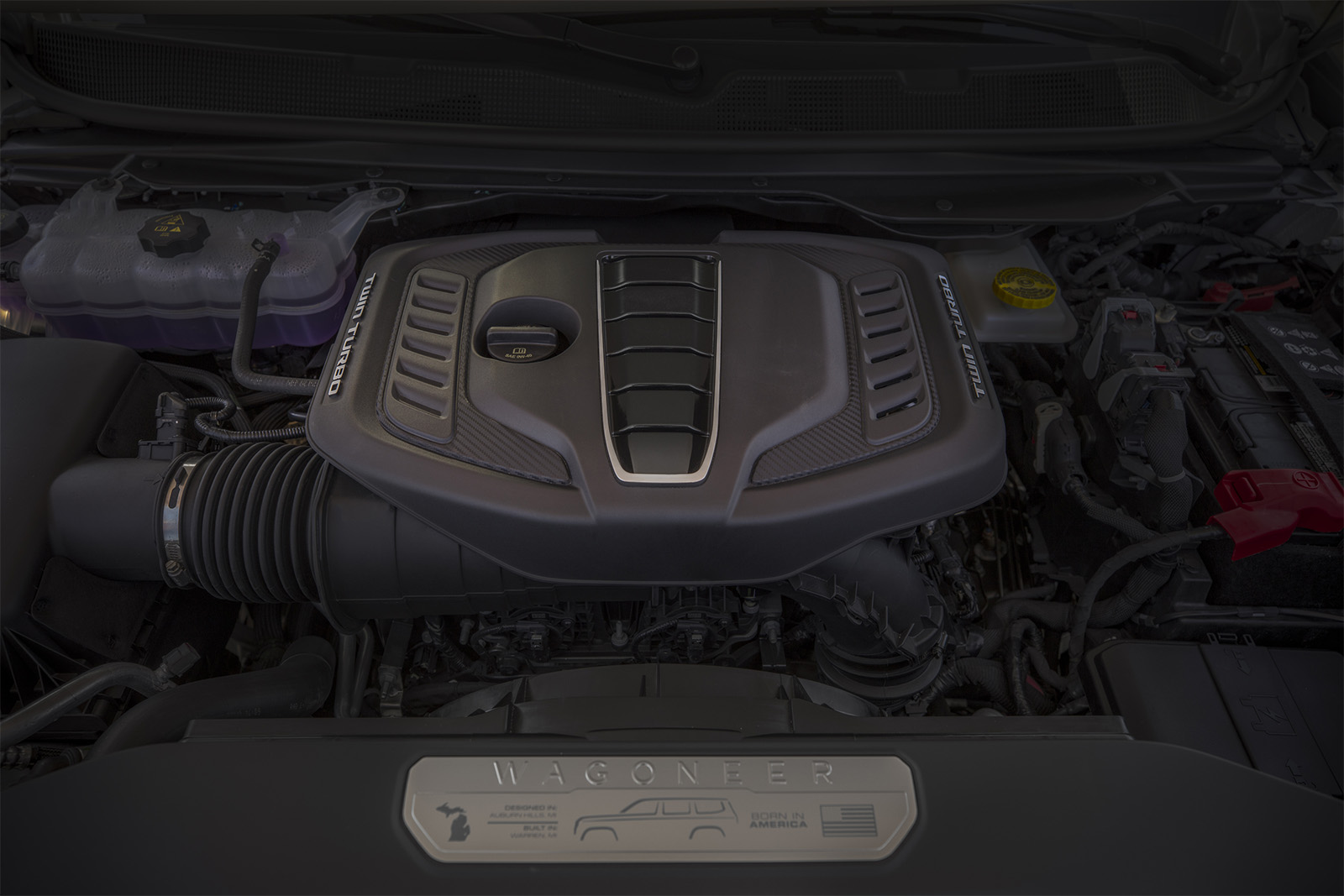
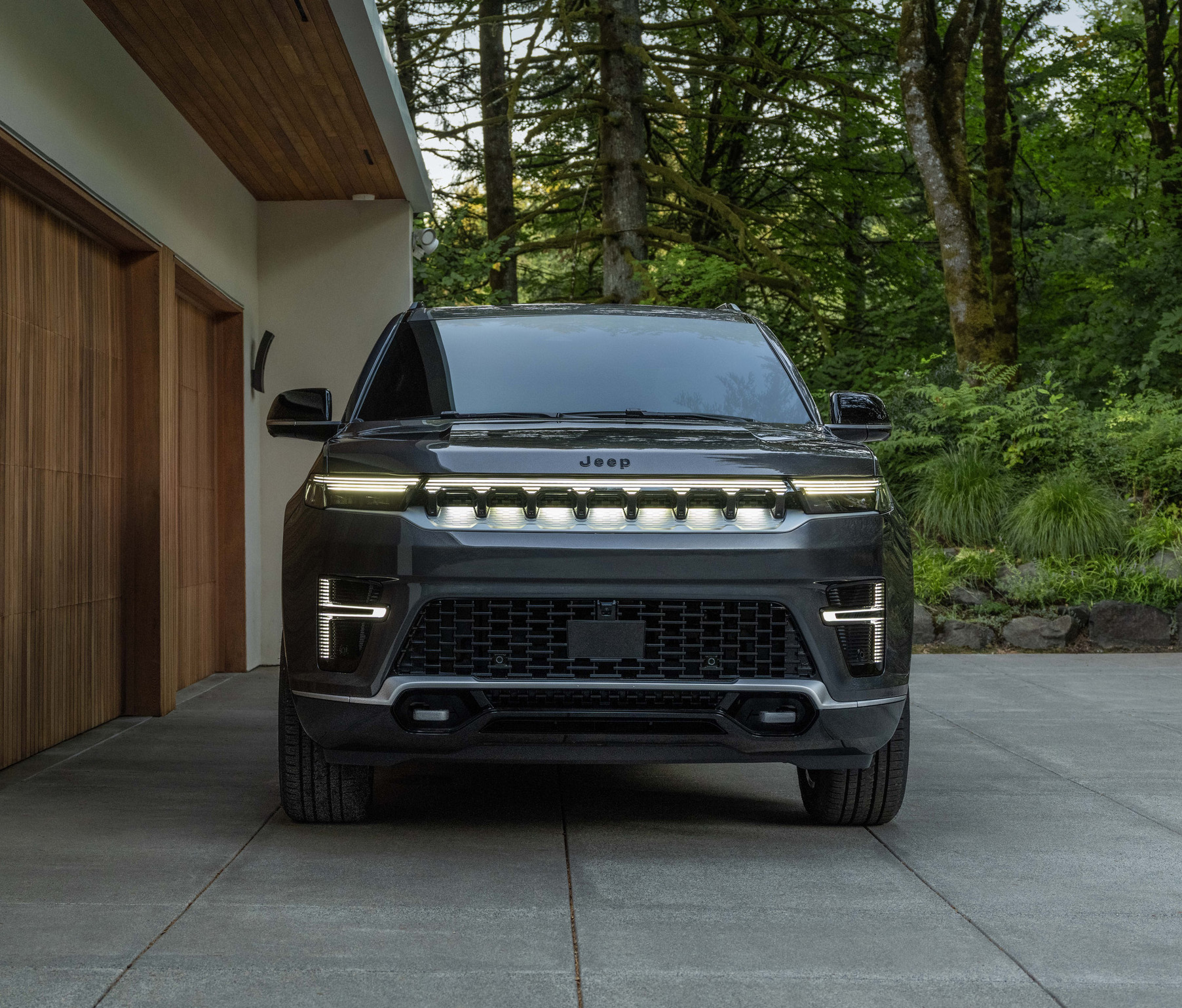

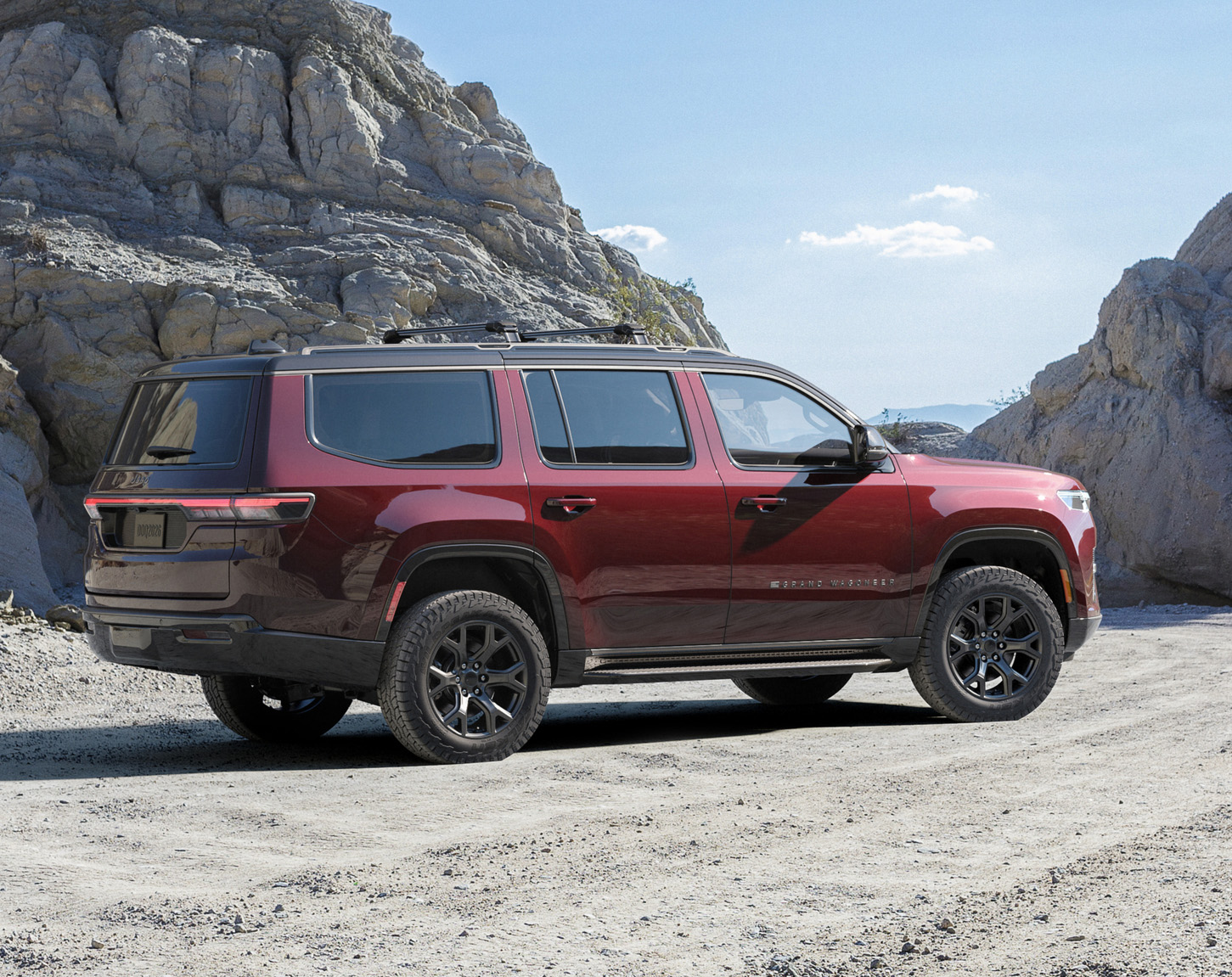

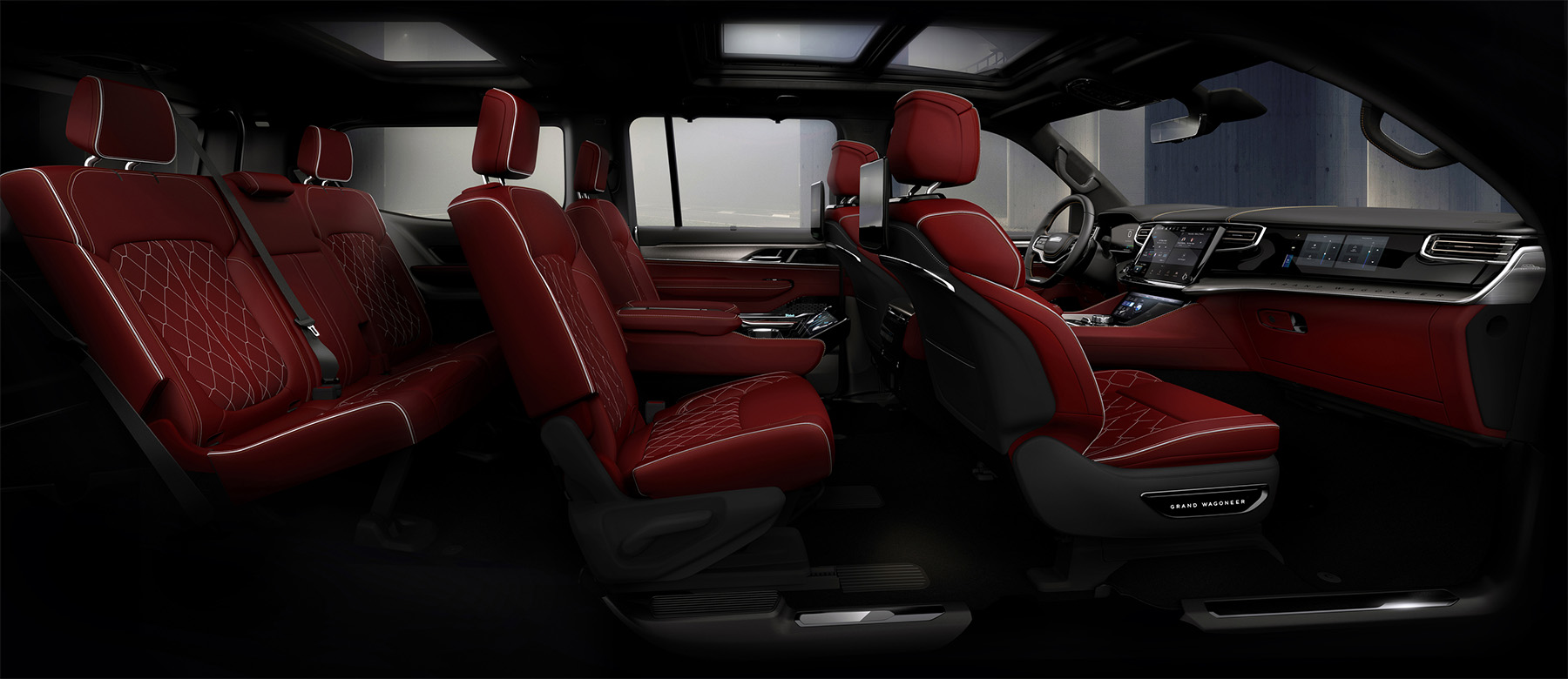
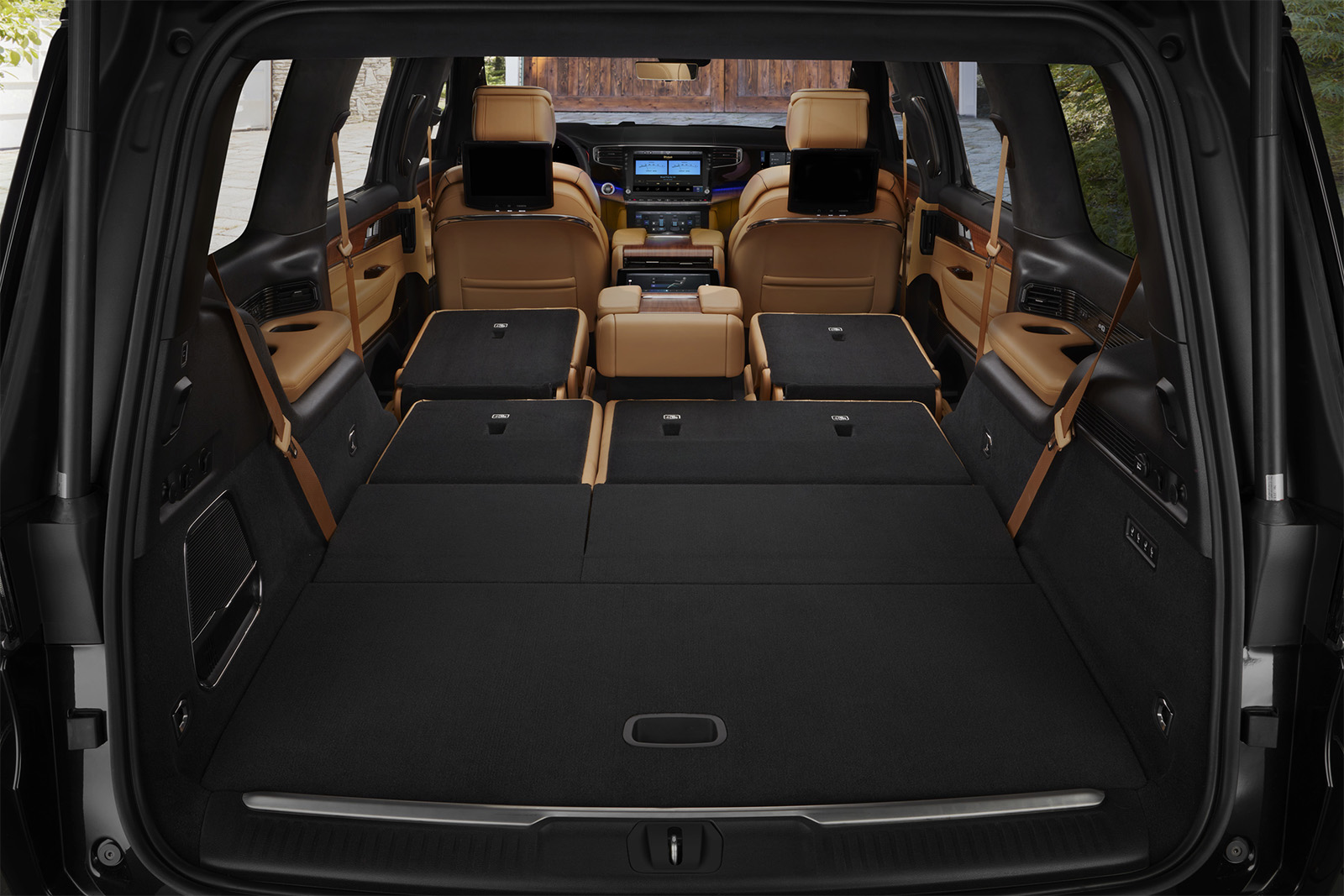
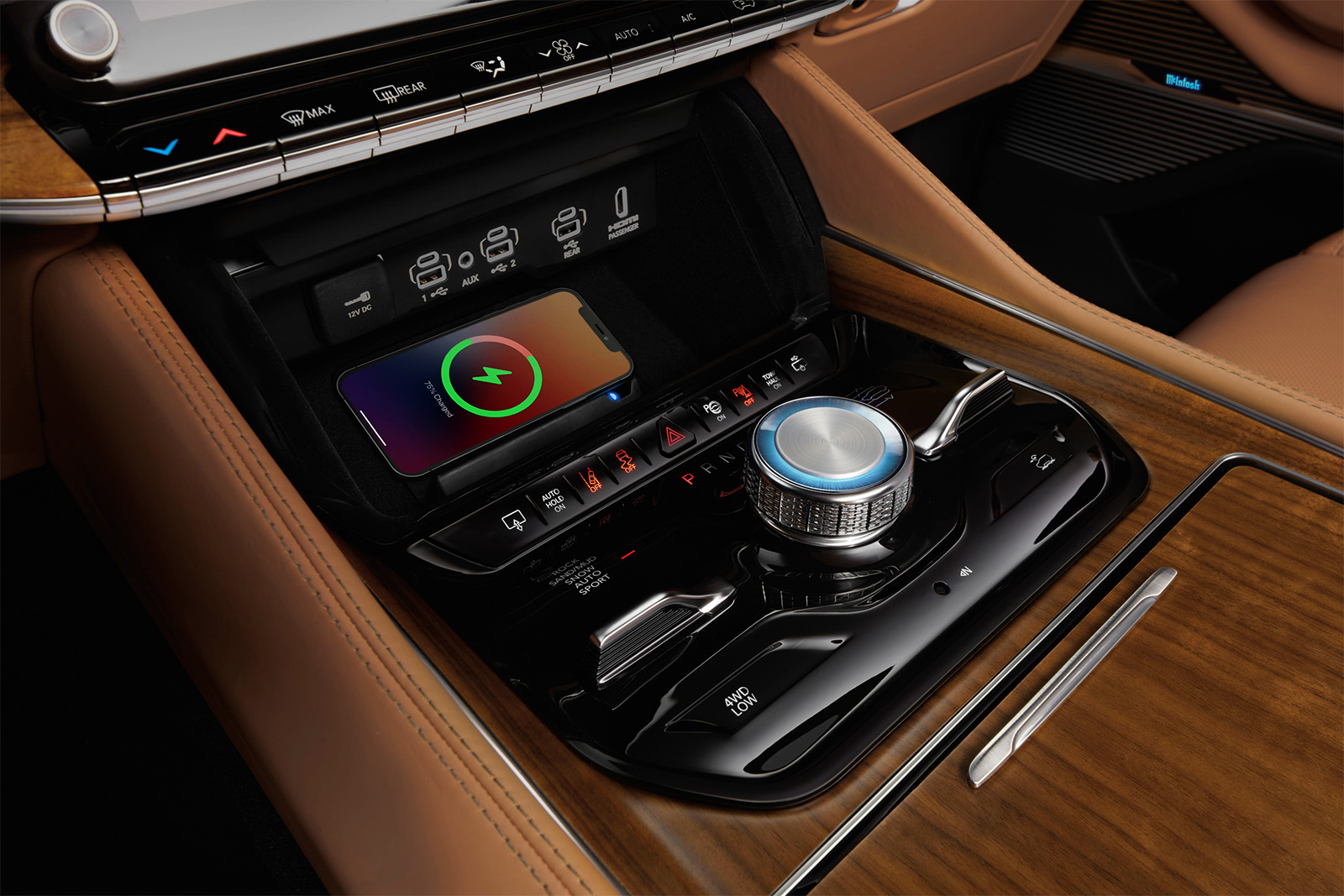
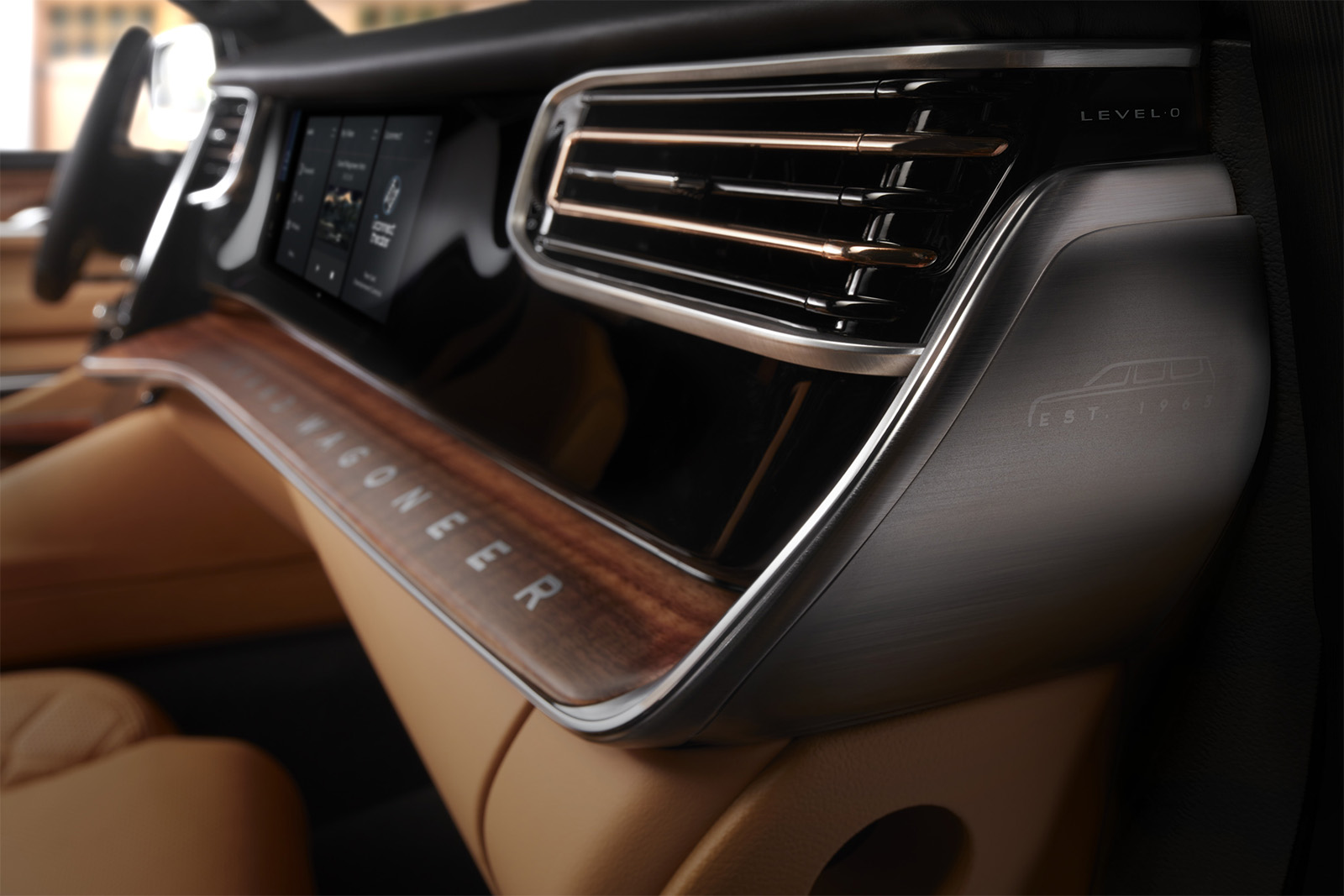
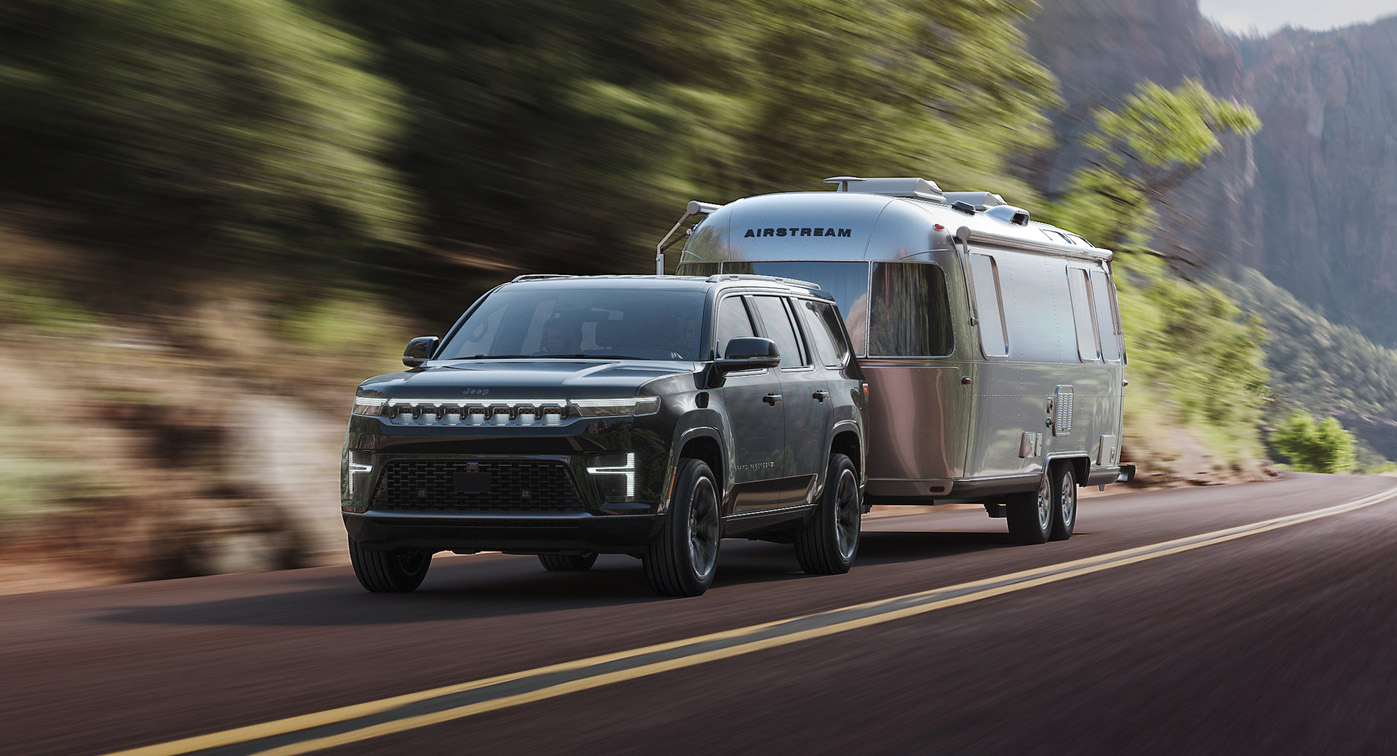

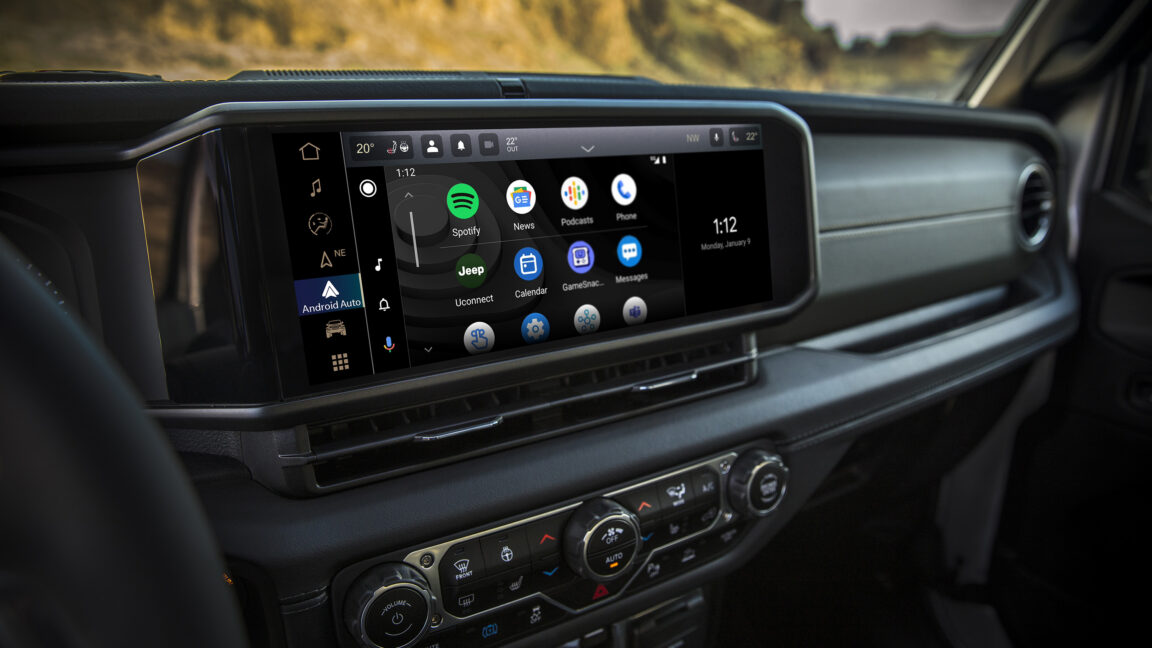
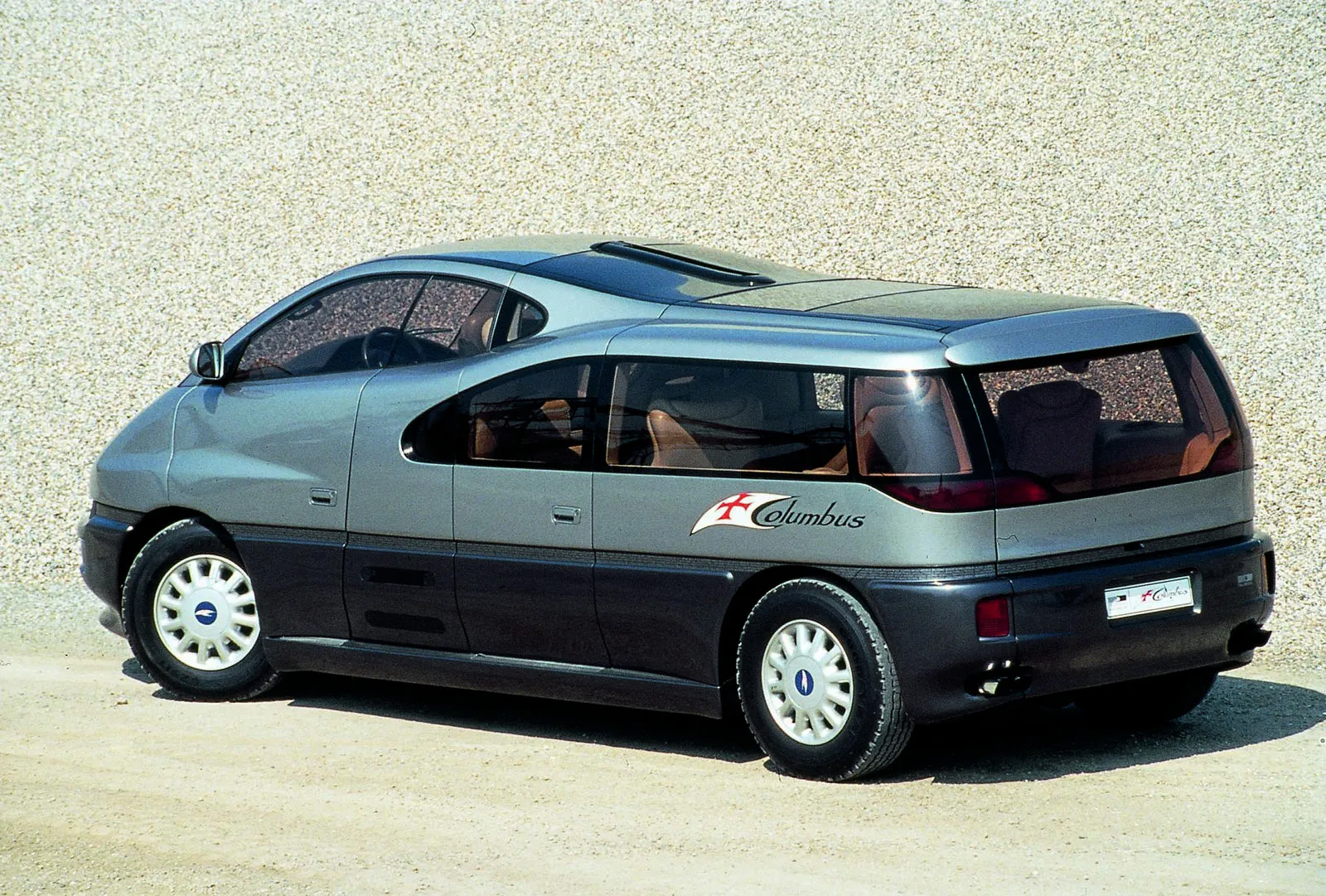
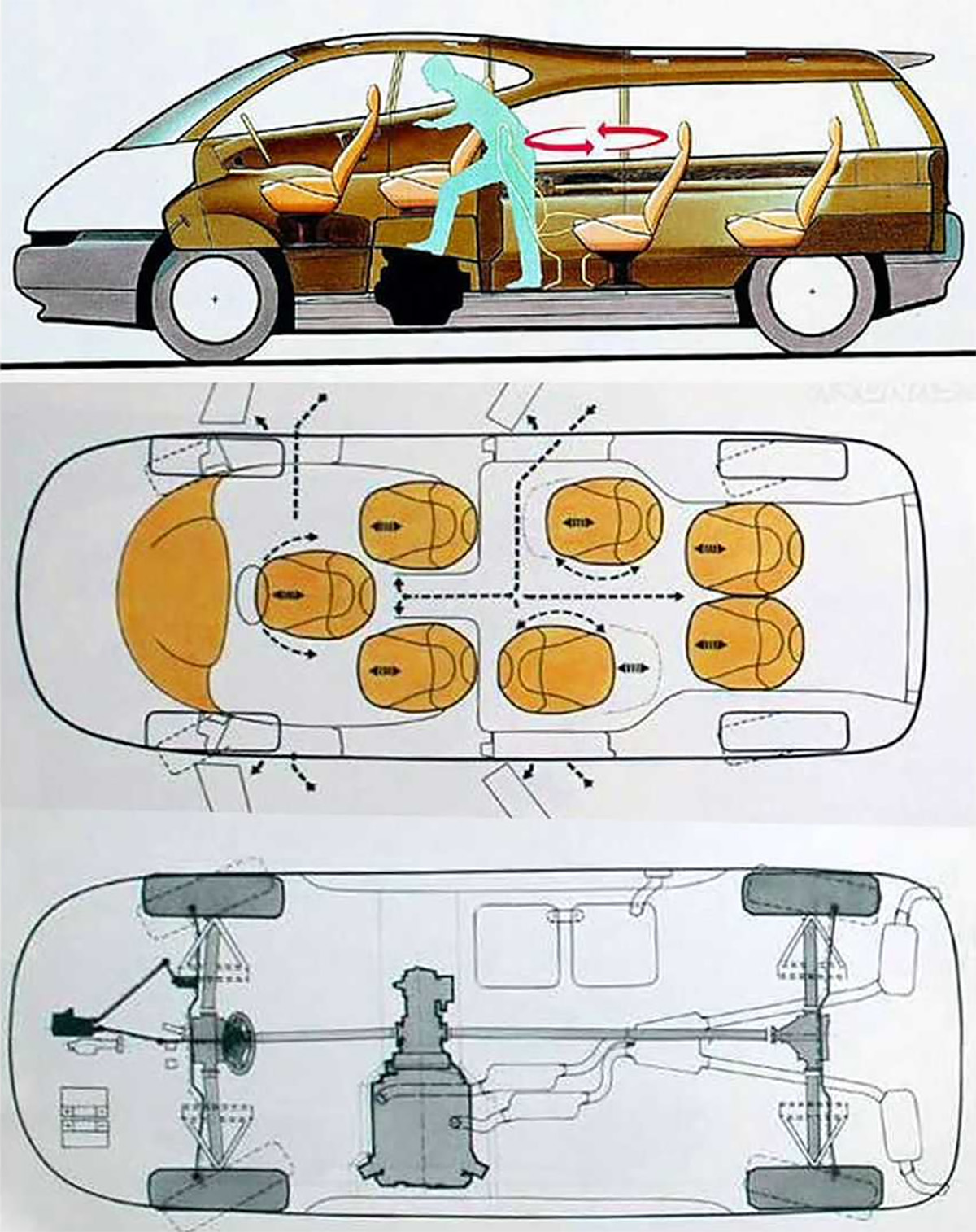 Look at the layout of this thing! That’s a BMW V12 mounted transversely in the middle there, driving all four wheels. The rear wheels are capable of turning as well (up to 15°) a quality it shares with some of the seats, which are Captain’s chairs and capable of turning as well.
Look at the layout of this thing! That’s a BMW V12 mounted transversely in the middle there, driving all four wheels. The rear wheels are capable of turning as well (up to 15°) a quality it shares with some of the seats, which are Captain’s chairs and capable of turning as well. As you can see, everything is very early ’90s swanky, and I can imagine that beige carpet getting nice and filthy over less time than you’d likely think.
As you can see, everything is very early ’90s swanky, and I can imagine that beige carpet getting nice and filthy over less time than you’d likely think.